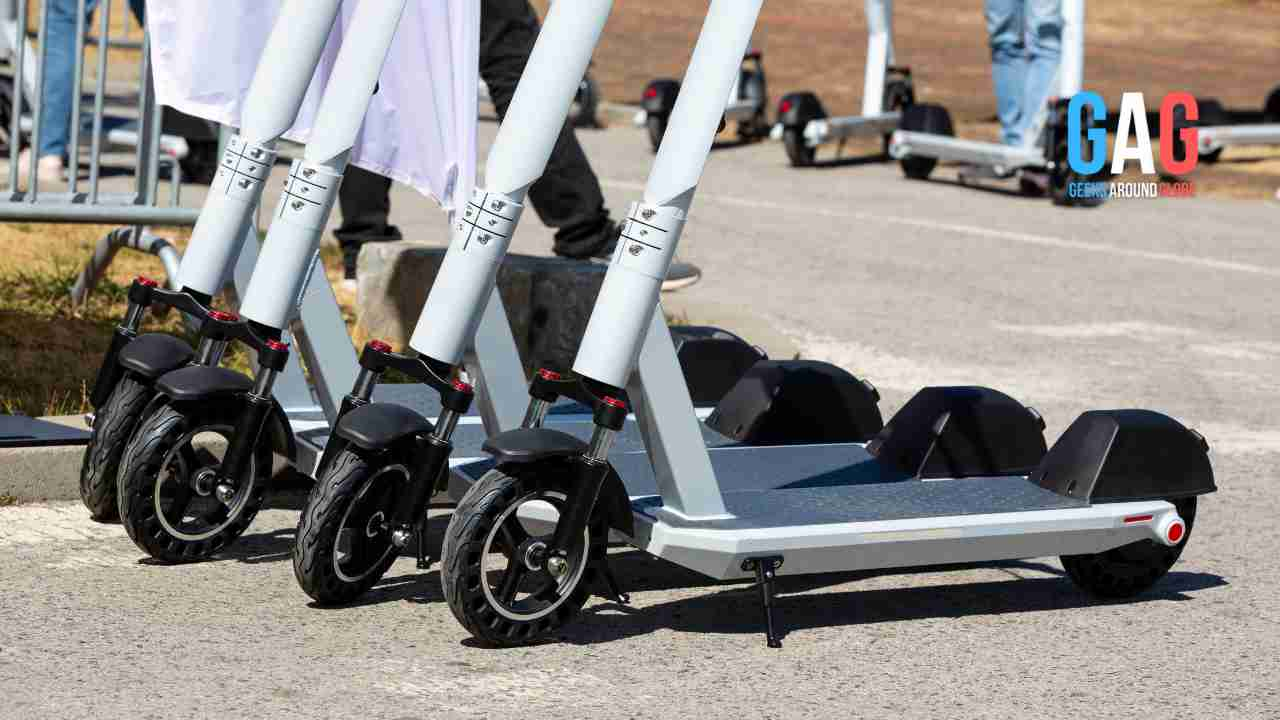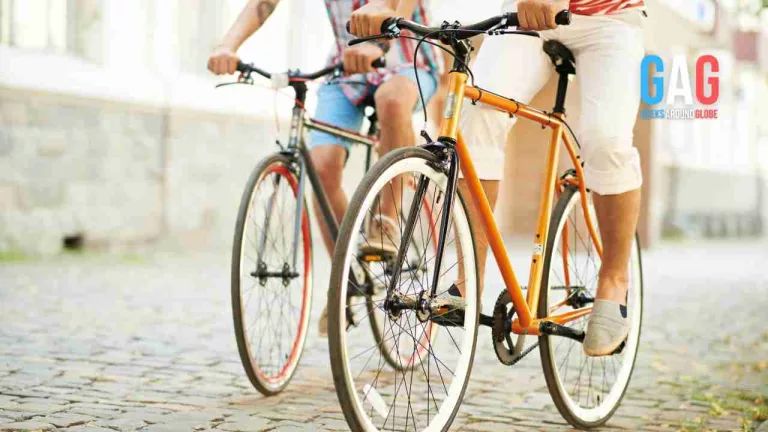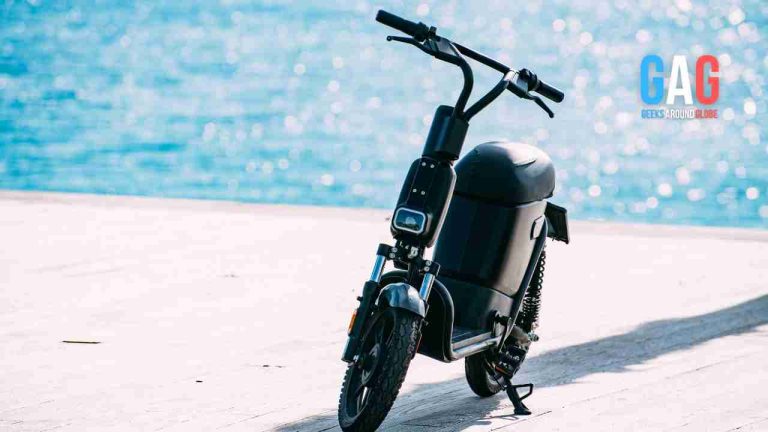
Then and now, after e-scooters were launched in the land of the long white cloud, also known as New Zealand, there seems to be a nagging question that gnaws at the back of commuters’ minds.
Are electric scooters actually safe? What is meant here is that, is it safe for the rider to ride on the streets any time, any day, and are bystanders or passersby safe on the streets, with e-scooters zipping by…
Walking, jogging, skateboarding and biking have since become old news. Nowadays, e-scooters are the vogue in transportation that are dominating New Zealand streets since they were introduced a few years ago.
It is an undeniable reality. E-scooters can be fast and convenient, but – does riding one come without risk? Is it time for New Zealand to put the pedal brakes on electric scooters? One can see that there are hundreds of (motorized) electric scooters speeding around the country’s major thoroughfares in key cities. Again, the significant question is, are they safe? Are you safe riding it?
Since their debut in New Zealand, e-scooter related incidents have been reported. However, the e-scooter claims are “very low in comparison with other activities, like cycling and mountain biking injuries (on and off-road) and in other major sports, or accidents around the home,” according to an ACC spokesperson. The majority of accidents reported to the Accident Compensation Corporation or ACC were due to a loss of balance or control. Injuries to knees, hands, wrists, arms, ankles, face and head were most common. (The ACC is the sole and compulsory provider of accident insurance in New Zealand for all work and non-work related injuries).
How and why are these injuries happening?
One study found that about 66 percent of patients were not wearing helmets when they were injured. There have been a number of issues that were mentioned concerning the e-scooters, including a locking wheel glitch and high speeds – but it’s the lack of helmets that has caught particular attention.
Although the use of helmet while riding an e-scooter isn’t mandatory in New Zealand, it is highly encouraged, according to the New Zealand Transport Agency’s Road User Rule See a published article regarding Road Rules in New Zealand,
An NZTA (New Zealand Transport Agency) spokesperson said that while “The Road User Rule does not require e-scooter riders to wear a helmet, the Transport Agency strongly recommends that helmets are worn for safety.”
Further, “The rule states that riders must ride in a careful and considerate manner, give way to pedestrians and mobility devices, not ride at a speed that is a hazard to other users and, if on the road, ride as far to the left as possible.”
With a number of new companies entering the Kiwi market and where trials have begun, it isn’t likely that e-scooters are going to be totally banned or gone for good in New Zealand any time soon.
There are concerned Kiwis campaigning for e-scooters and they have emphasized that the government should give more attention to providing safe passage for both riders of electric scooters and the pedestrians.
Congestion-Free Wellington spokesperson Tim Jones said “It makes sense to put things that are traveling at similar speeds together, so having things like ordinary bikes, e-bikes and e-scooters in dedicated lanes,” Adding too that “Having e-scooters [that] go a lot faster than pedestrians on the footpaths, I think, isn’t a good idea.”
Jones also believes that the safety obligation lies with councils and the companies providing the products such as electric scooters. As such, “The Government and councils need to be taking an active role [in regulating] and the companies that bring in (personal mobility devices, i.e electric scooters) need to be acting responsibly,” he said.
In response to the urgent call, the Ministry of Transport has begun developing an ‘Accessible Streets’ regulatory package as to how e-scooters can be used on footpaths, shared paths and cycle lanes, alongside other street users. Presently, Kiwi riders are permitted to use scooters on footpaths and the road, but not in designated cycle lanes.
The AA principal advisor on infrastructure Barney Irvine also said “You can use them (e-scooters) on the footpath, but only ‘at a speed that does not put other footpath users at risk’; a helmet is not legally required, but is recommended… The sooner we have clear and unambiguous rules, the better,” It will be recalled that one e-scooter company have had their speeds reduced to 15kmh across a range of high pedestrian areas in Auckland – Ponsonby, CBD, Newmarket, Mission Bay, Takapuna to comply with the road regulations.
Furthermore, all e-scooter companies operating in New Zealand have put in place electric scooter safety policies, cognizant of the need to be responsive and proactive to the call of concerned electric scooter enthusiasts.
Now, how does New Zealand’s regulations compare with the rest of the world, in relation to ongoing e-scooter trials?
An NZTA spokesperson had said that further regulations, which include reduced speed limits and mandatory helmet use – would only be considered after all the council trials of the scooters are concluded.
What are the other aspects to be considered?
1. Speed: The Government has earlier announced the imposition of a 10kmh speed limit on footpaths.
2. Location: Comparatively, New Zealand’s regulations are more relaxed than Australia’s, particularly when it comes to where electric scooters can be ridden, or used. While Kiwi users can take e-scooters on footpaths and the road, they cannot be ridden in designated cycle lanes, for the sole reason that these lanes are for the exclusive use of cyclists. In addition, e-scooter riders are also advised that while they can use the main road they must keep on to the left and steer clear of the main lane which is primarily for cars.
3. Rider Safety: There are some e-scooter companies that have already taken the initiative to provide safety gear for riders, even as the call to “respect the ride” remains persistent, encouraging riders to wear helmets and high visibility clothing. The said call has since been actively promoted even online.
In conclusion, the answer to the issue and query is – yes, surely. Following rules, conforming with New Zealand’s road regulations, being mindful, alert and focused on the road ahead while wearing the protective helmet and riding gear — and using a sturdy, quality-compliant electric scooter like the Mearth S Pro, premium, top-tier, high-performing rideable, which is ideal for city commute will help ensure one’s safety on the road, to promptly reach one’s destination, while enjoying fully the ‘fringe’ benefits of riding hassle-free, without any worries or encumbrance, each time.







